

Shane O'Donoghue
2025 Nissan Ariya Nismo review: Quick drive
6 Days Ago
We've seen two successive years of market decline, but there are some brands cashing in and growing market share. And they are...

Senior Contributor
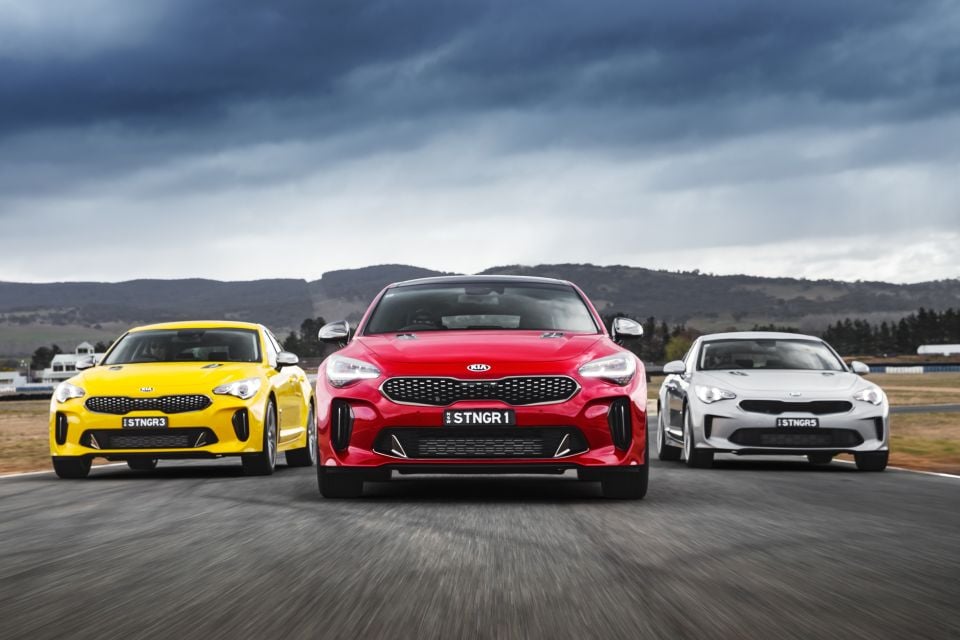

Senior Contributor
We drummed up a report last week about the decline across Australia’s new vehicle market.
Sales have fallen for 24 successive months relative to the corresponding month in the previous year, equating to an overall reduction over this period of 9.1 per cent.
The blame has been put on finance-sector reform making loans harder to get, the drought and bushfires hurting regional sales, reduced economic confidence from car buyers often on the back of iffy house prices, and fluctuating exchange rates, among other things. Oh, and COVID-19 just recently…
Of course, that does not mean every car brand has seen its sales tumble.
So while the likes of Mazda, Hyundai, Ford, Nissan, and Volkswagen have all taken hits – and fallen at a higher rate than the overall market – some of the top 30 brands have instead seen their sales grow. This is a list of them.
For clarity, the periods we are comparing are April 2018 to March 2020, versus April 2016 to March 2018.

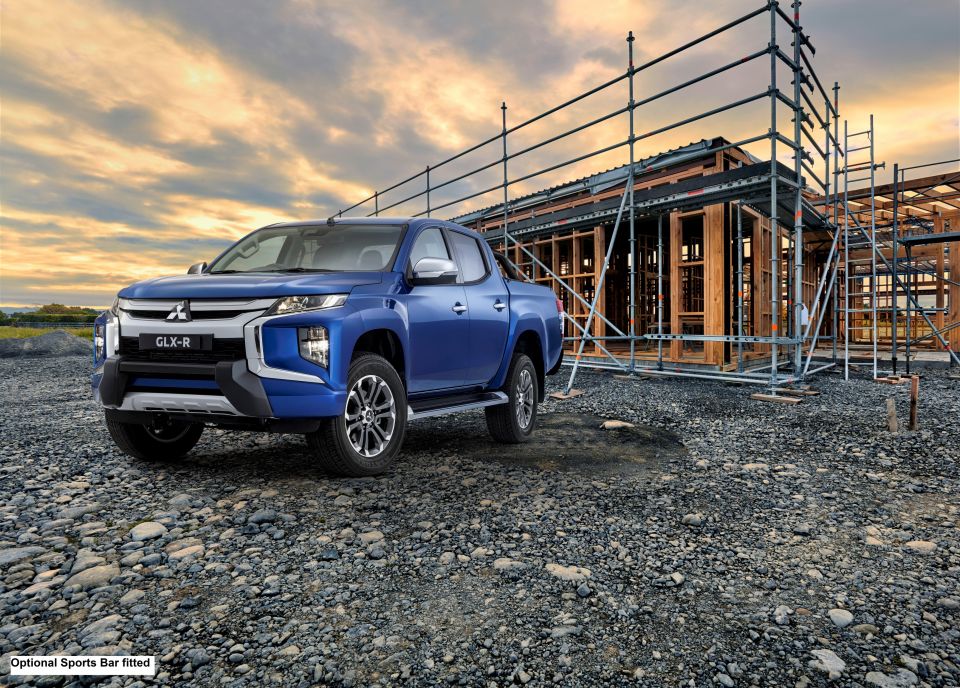
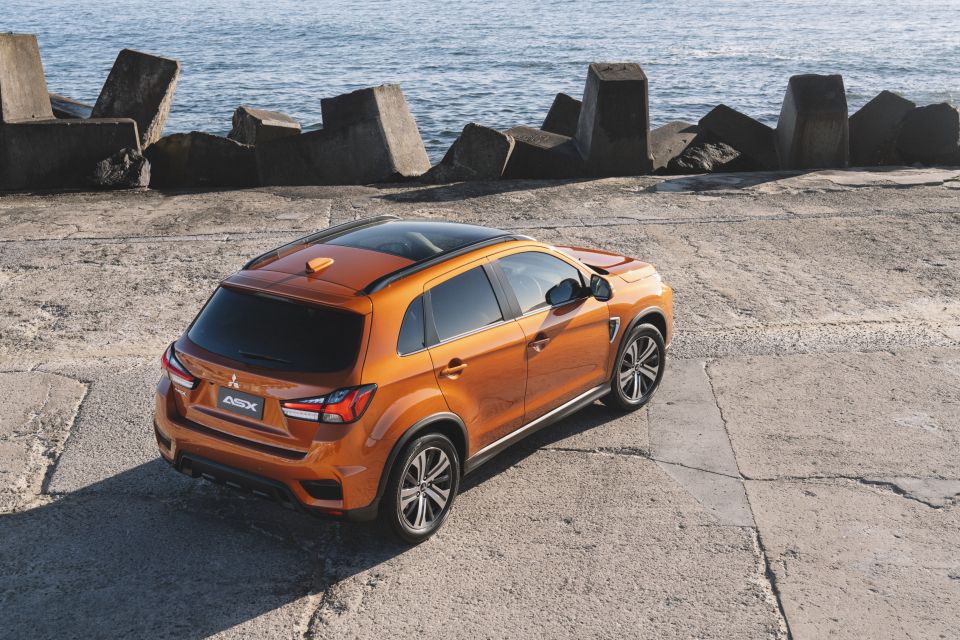
This Japanese brand sold the fourth-most vehicles over the past 24 months, behind only Toyota, Mazda, and Hyundai. With 163,602 sales between April 2018 and March 2020, it grew 4.2 per cent over these two years compared to the previous two.
Its ASX is consistently the number-one small SUV by sales, despite being one of the older (albeit regularly updated) offerings out there. Its space-for-dollars equation is inarguable, as are its fleet volumes.
The addition of the Eclipse Cross at the end of 2017 only strengthened the brand’s dominance in this vital segment.
Moreover, the Triton is consistently the number-three ute by sales, after the Toyota HiLux and Ford Ranger, and the Outlander’s sales grew by double-digit percentage over the period despite that car being in a similar age bracket to the ASX.
Even with the Lancer being retired, the brand tracked up.
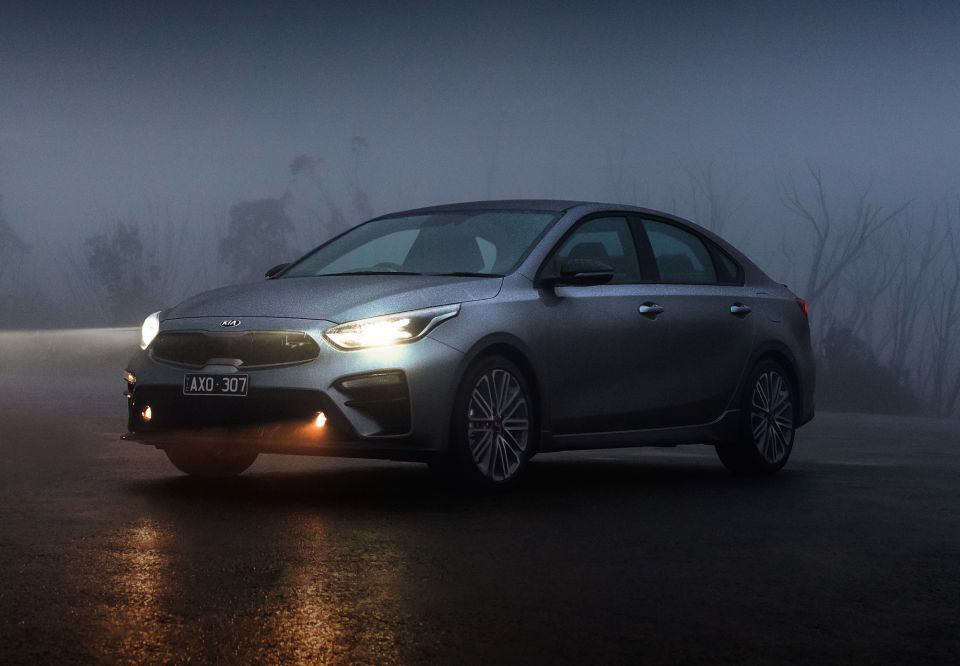
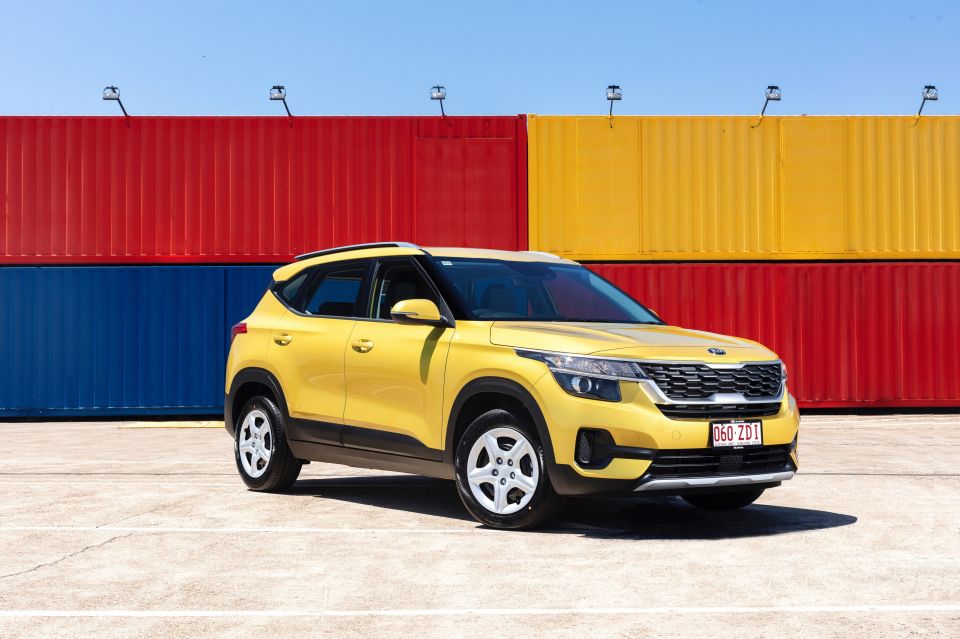
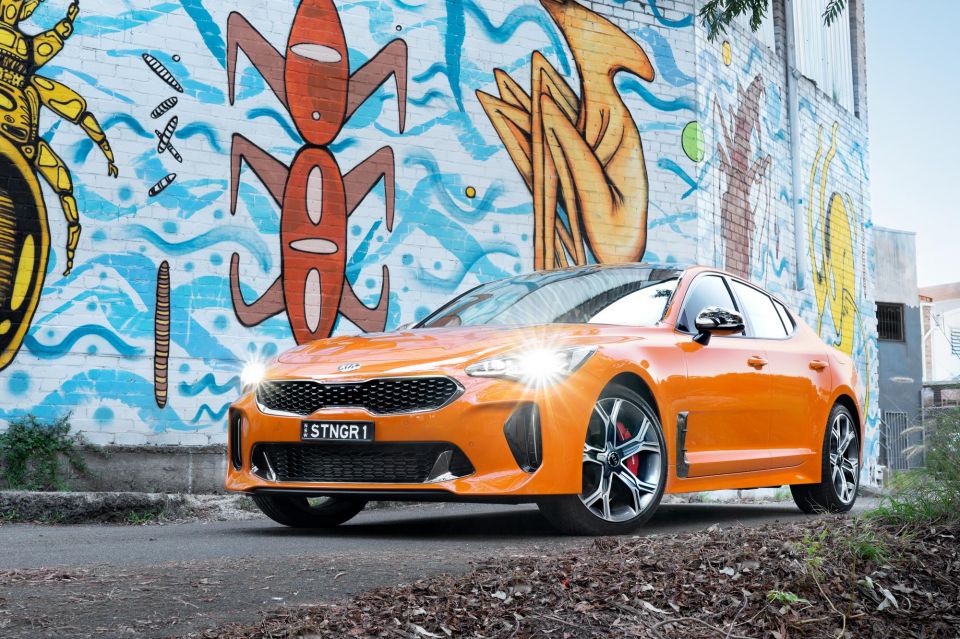
Probably the big success story of the past few years. It grew sales 19 per cent in the past two years, finishing sixth overall just behind a declining Ford. In March this year it even outsold nemesis Hyundai for the first time.
For more context, Kia’s market share was 3.4 per cent at the end of 2016. Now it’s 6.6 per cent.
While core models such as the Rio, Sorento, and Sportage have stayed steady, its segment-topping Picanto micro car and Carnival people-mover have experienced strong growth.
The Cerato small car has likewise defied its declining segment on the back of strong value and warranty offerings, and now even outsells the Mazda 3.
It has also expanded its range with the Seltos small SUV and the Stinger performance fastback, giving it presence in new vehicle segments, and axed the slow-selling Rondo and Soul. Its sales are up once again in 2020, so its market-share expansion shows no sign of decreasing.
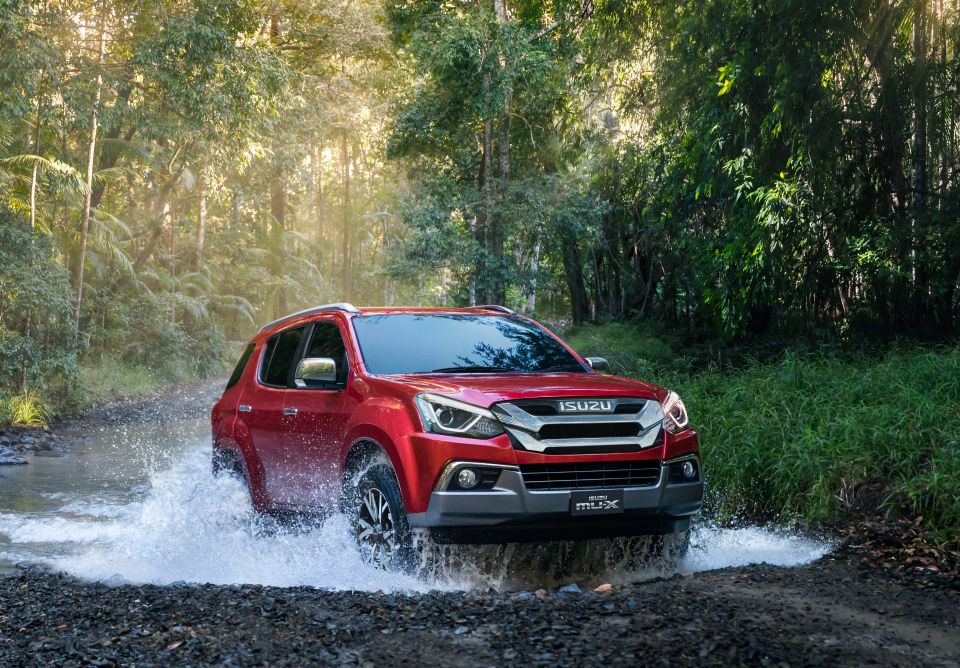
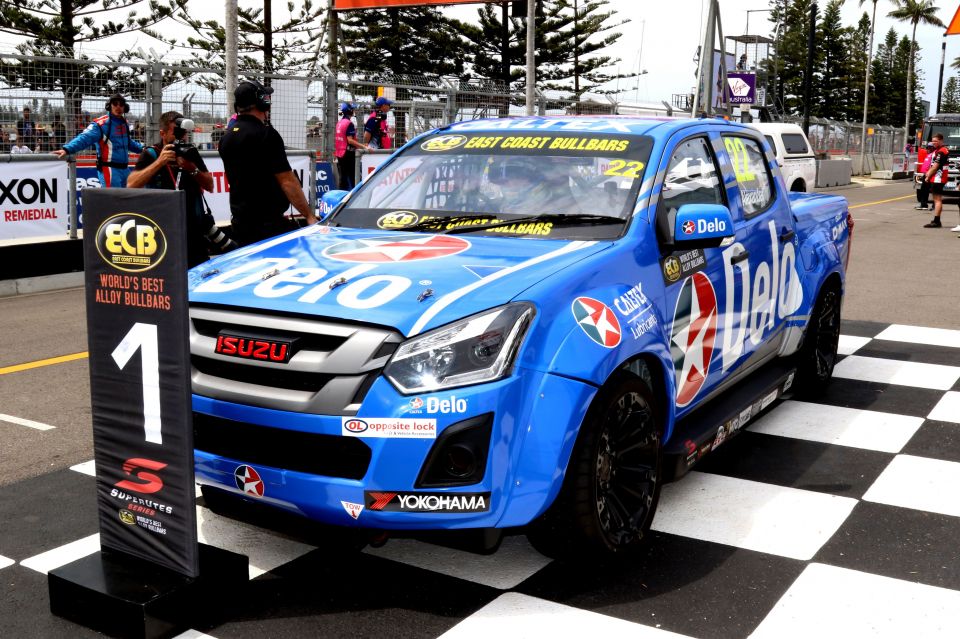
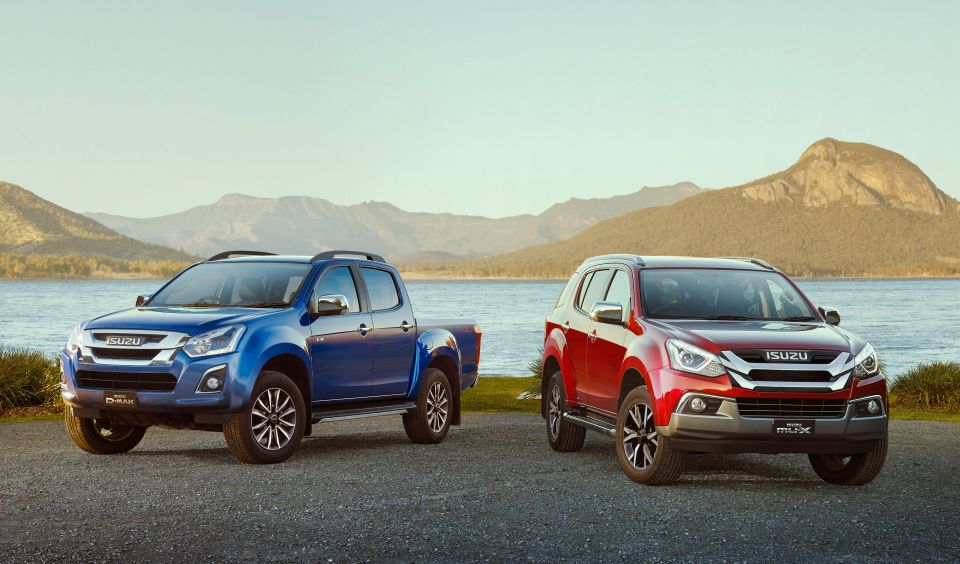
It only sells two models, the D-Max ute and related MU-X SUV, yet this brand sits at number 13 in the market over the past 24 months, and recorded sales growth of 4.7 per cent.
With a brand-new D-Max launching in Australia in just a few months, with a revised 3.0-litre diesel engine and an entirely new design inside and out, it’s hard to see this brand not capturing more attention in 2020.
On a side note, Australia has traditionally been Isuzu Ute’s key export market outside of its Thai home base.
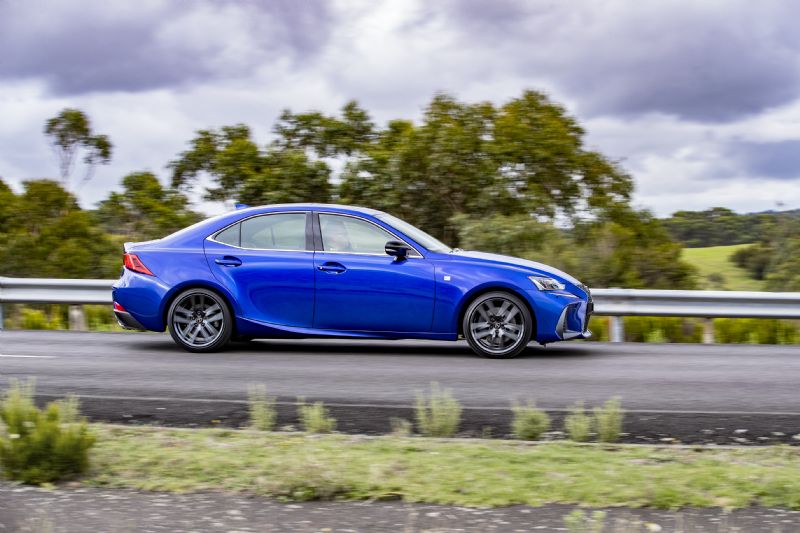
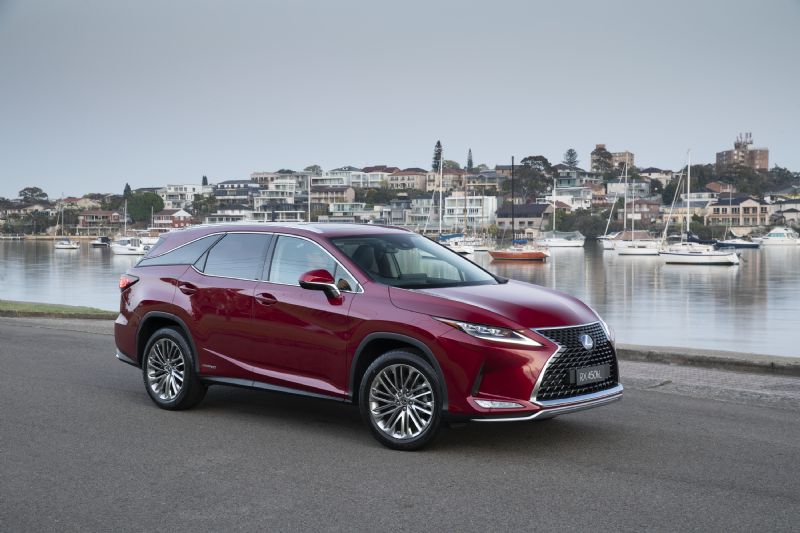

Japan’s luxury leader grew its sales over the period between April 2018 and March 2020 while its German rivals all lost ground.
It has some catching up to do but is now the number four luxury brand behind Mercedes-Benz, BMW and Audi.
While its CT and IS passenger cars have fallen away as they age, its brand new UX small crossover has added substantial incremental growth which, alongside moderate gains from its other SUVs the NX, RX and LX, have helped propel the company up the charts to sit ahead of the likes of Land Rover and Renault.
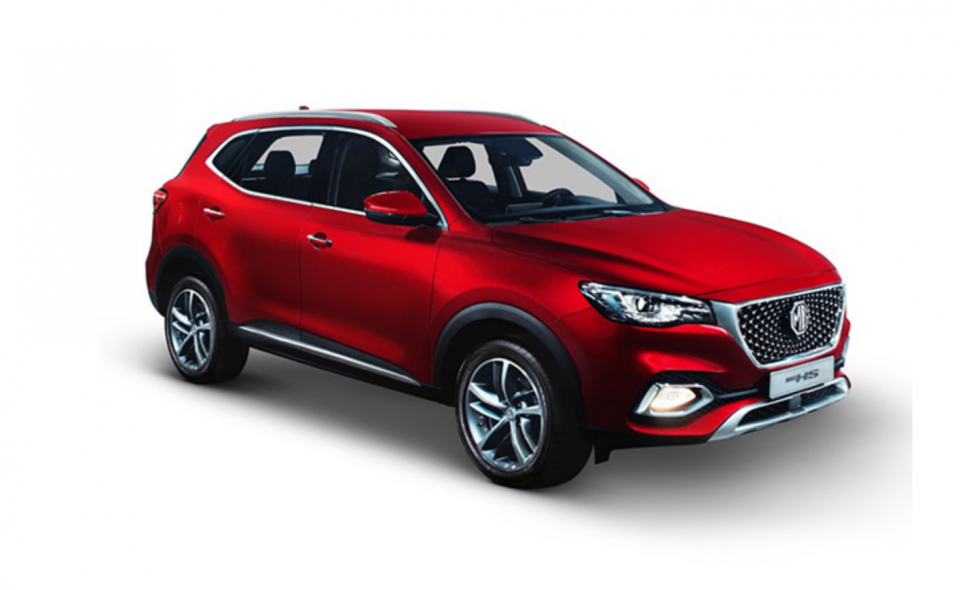
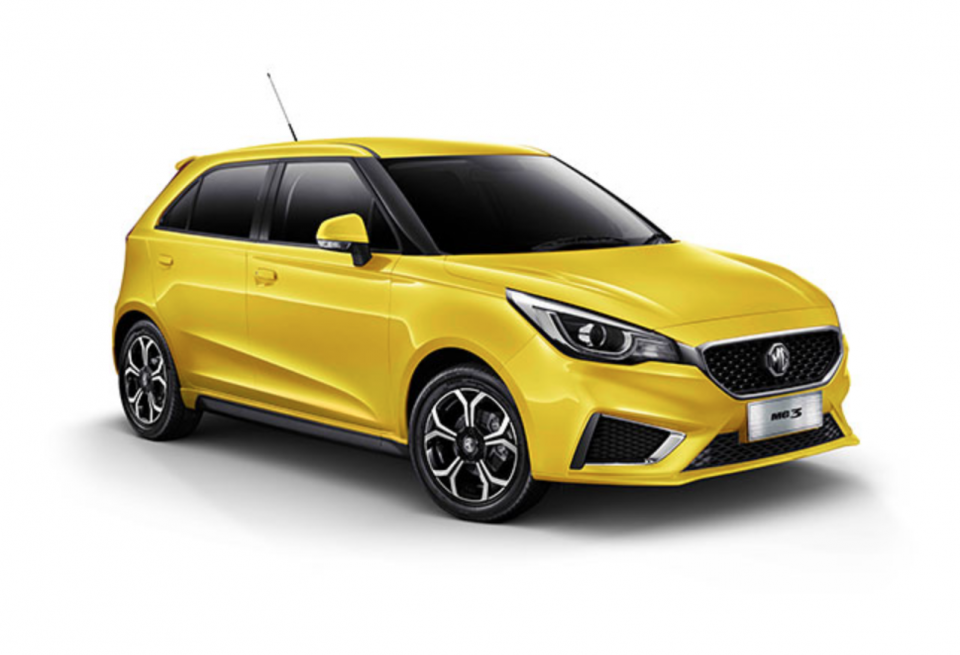
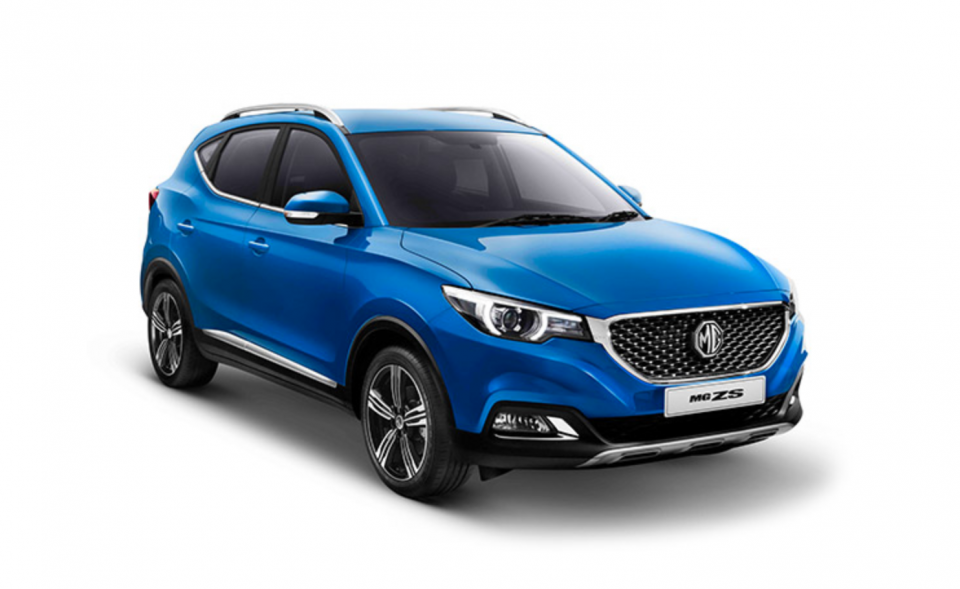
MG is now run by SAIC, a Chinese state-owned company based in Shanghai (hence the ‘S’ in ‘SAIC’). And boy, has it made some inroads.
In the past 24 months it sold 14,397 cars and SUVs, compared to 852 in the previous 24m. In doing so it outsold the likes of Volvo, Skoda, Jeep and Peugeot.
The MG 3 budget micro car is now a top-three seller in its dwindling class, the ZS small SUV is selling about 300 units a month, and the new HS mid-size SUV looks like a promising addition. It also has the eZS electric car on the way.
With a good warranty, sharp pricing and contemporary design – plus a known badge – this reborn marque is clearly resonating.
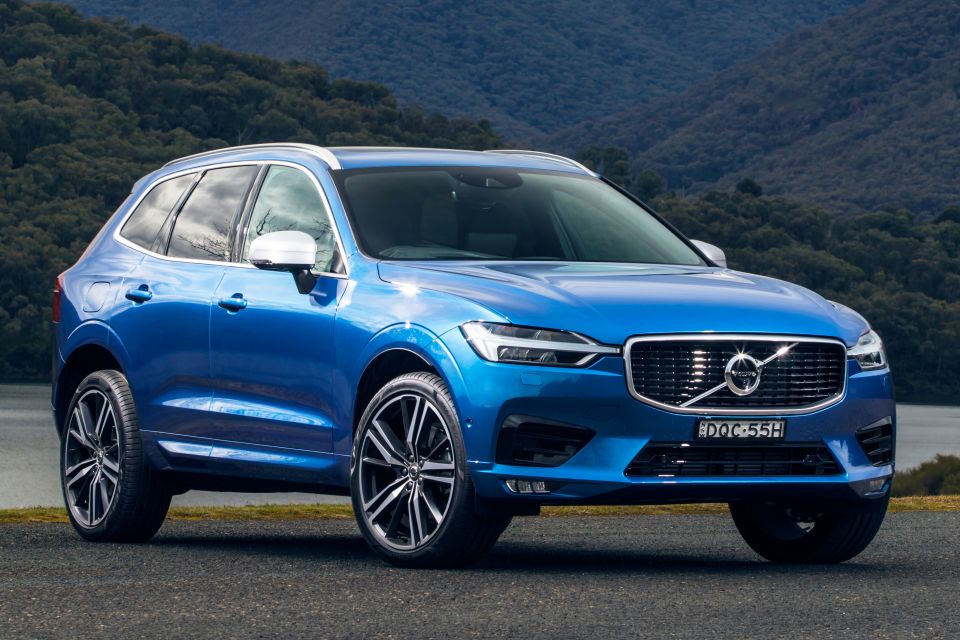
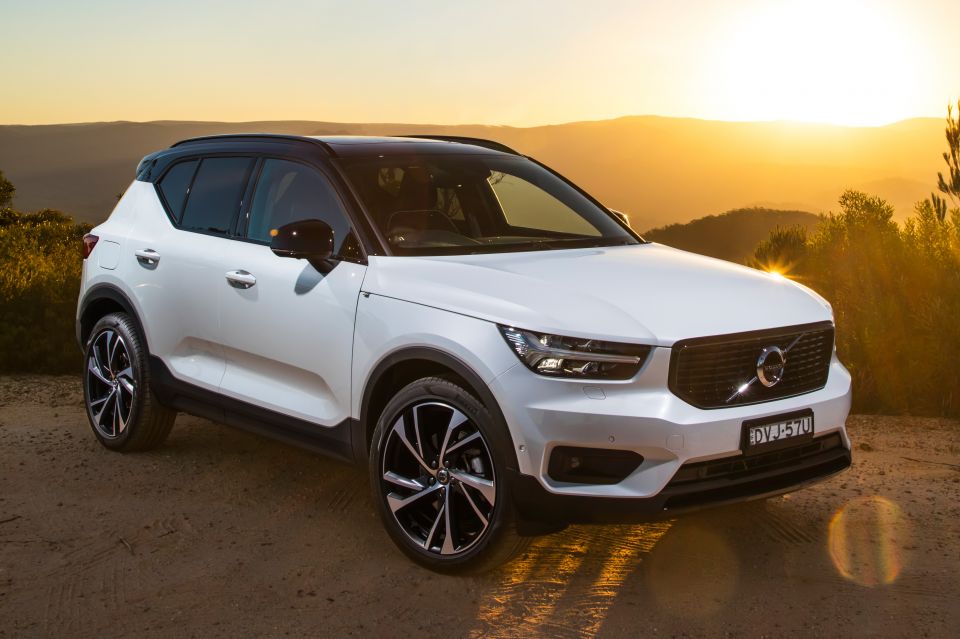

The revitalised Swedish brand has flourished under its Chinese parent Geely, with a bold new range of products across key segments. That’s been reflected in its 41.9 per cent sales increase over the past two years compared to the previous two.
Interestingly, that growth has come despite the discontinuation of the V40, which was previously one of its more popular models. That car has instead been replaced by the jacked-up XC40 SUV, which is more popular.
But sales of the XC60 have also grown substantially over the period, while the ageing XC90 has only lost a little bit of ground. If it can get some momentum behind the S60 and V60 then watch out…
Side note, you can read our profile with Volvo Australia’s boss Nick Connor here.
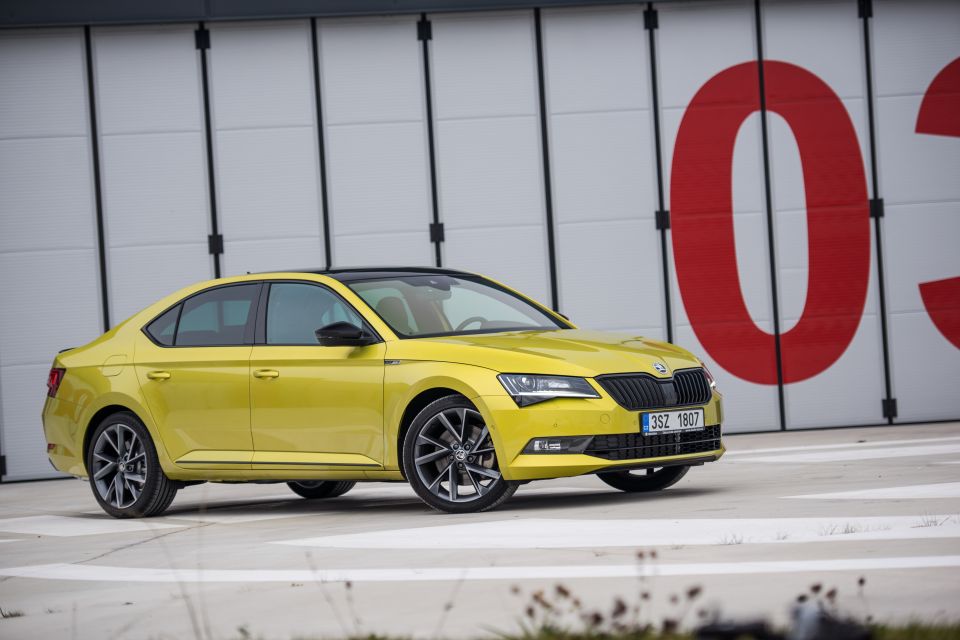
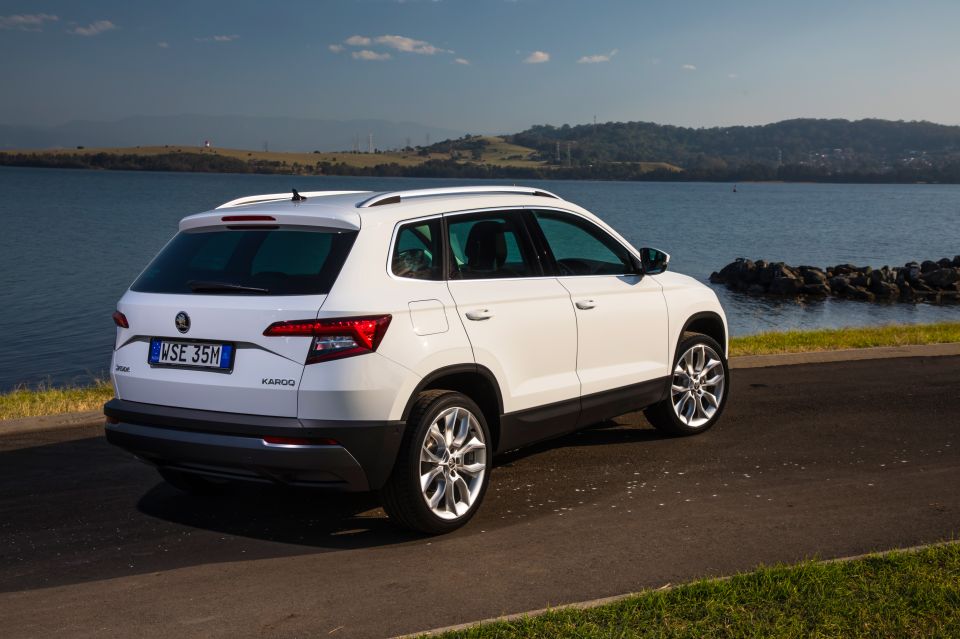
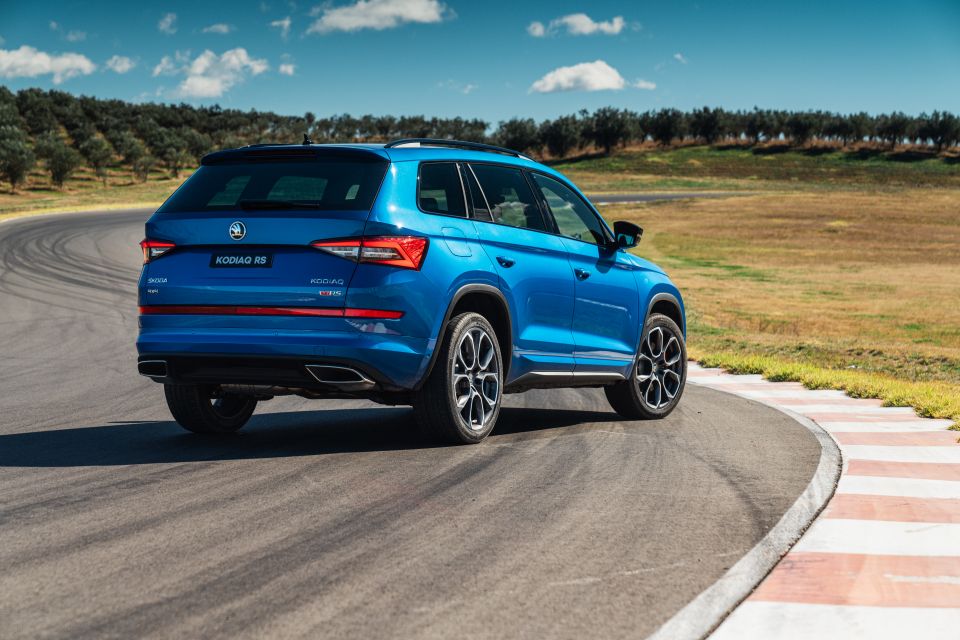
Once a defiantly ‘outsider’ brand, The Volkswagen Group’s Czech subsidiary has been busy expanding its footprint, reflected in its 29 per cent growth over the last two years.
While its passenger car range comprising the Fabia, (formerly top-selling) Octavia and Suberb have essentially tread water, its Kodiaq seven-seater is now its regular top-seller, and the Karoq is outperforming the discontinued Yeti it replaced.
With the new Scala small hatch and Kamiq small SUV due this year, and a brand new Octavia set for early 2021, signs are there that this brand will keep closing the gap to its German parent.

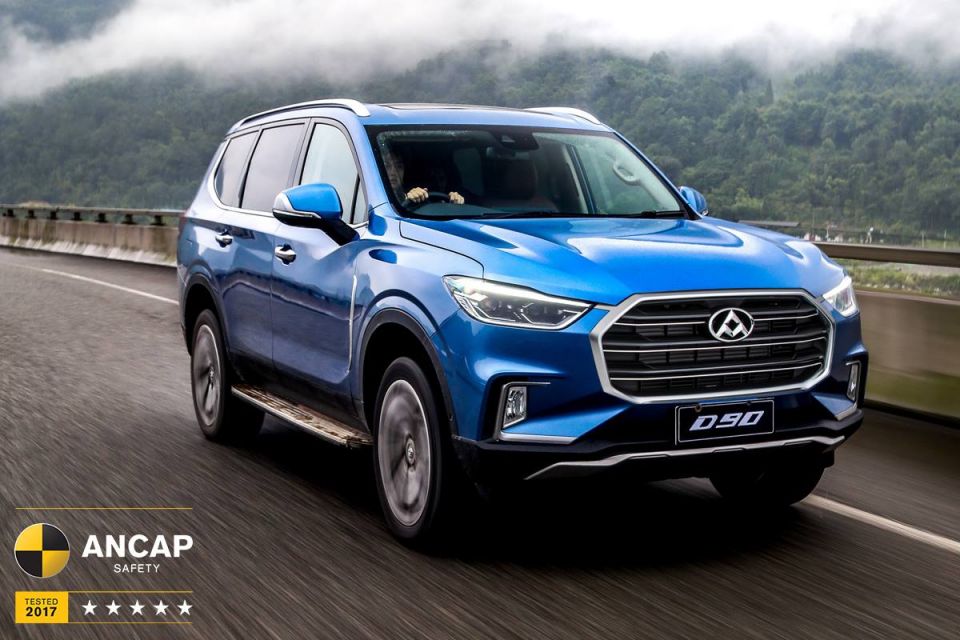
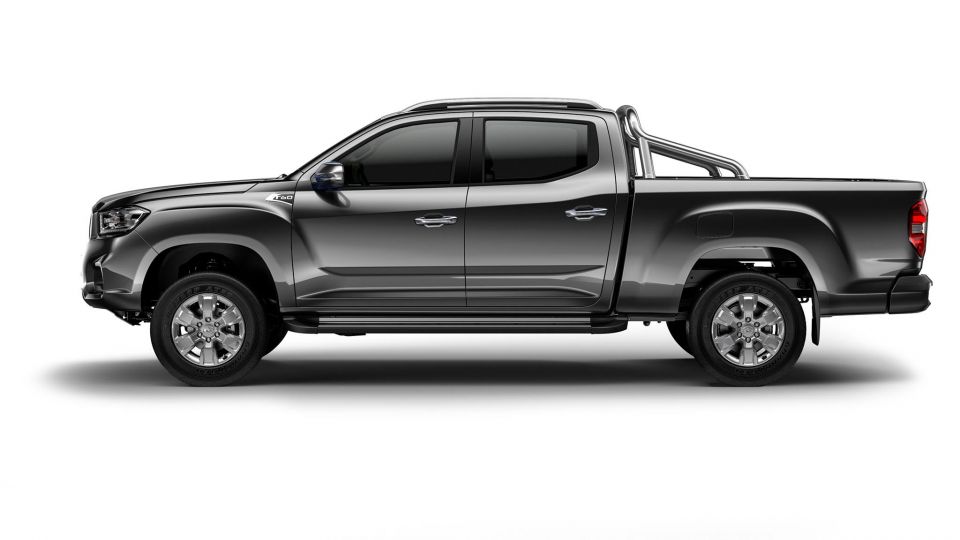
Like MG, LDV is a subsidiary of SAIC. However, in Australia its products are sold by a completely different distributor and importer, so we will count it separately.
The last two years saw its sales skyrocket by 154.5 per cent to 12,734 units. While it has seen incremental growth from its G10 van and people-mover, and aged V80 van, the real growth has come from the T60 dual-cab ute, which found nearly 7000 buyers over the past 24 months.
There’s always been demand for cheap pickups in Australia, and it remains. When you add into this list the D90 seven-seat SUV with new diesel engine option (which you can bet will eventually end up in the T60 too, potentially addressing a key flaw) this Chinese brand is on the move.
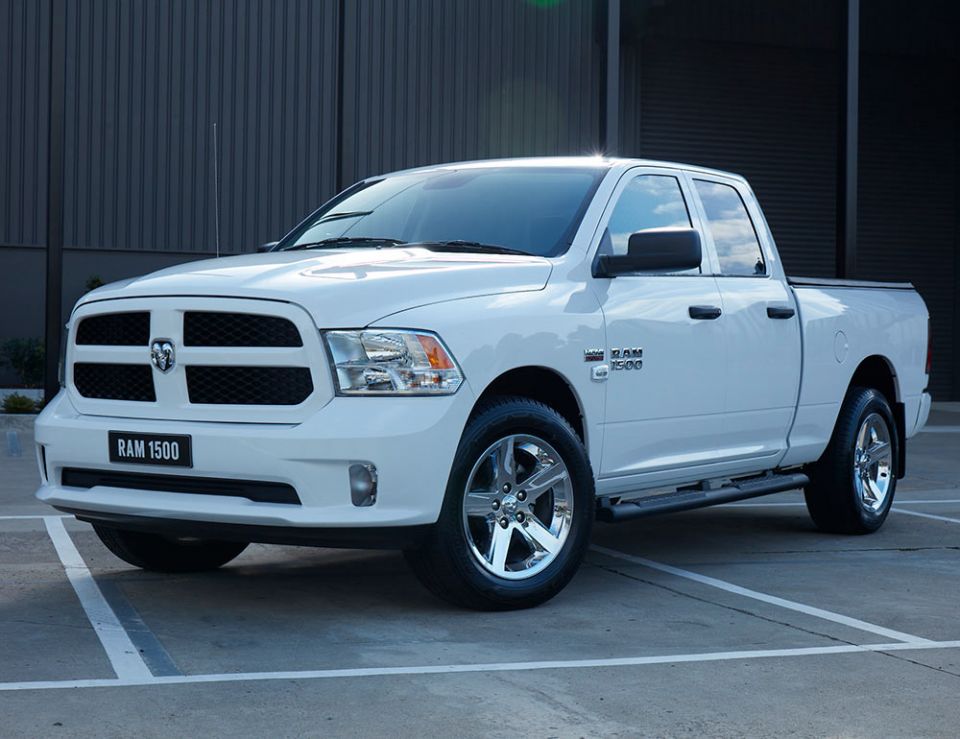
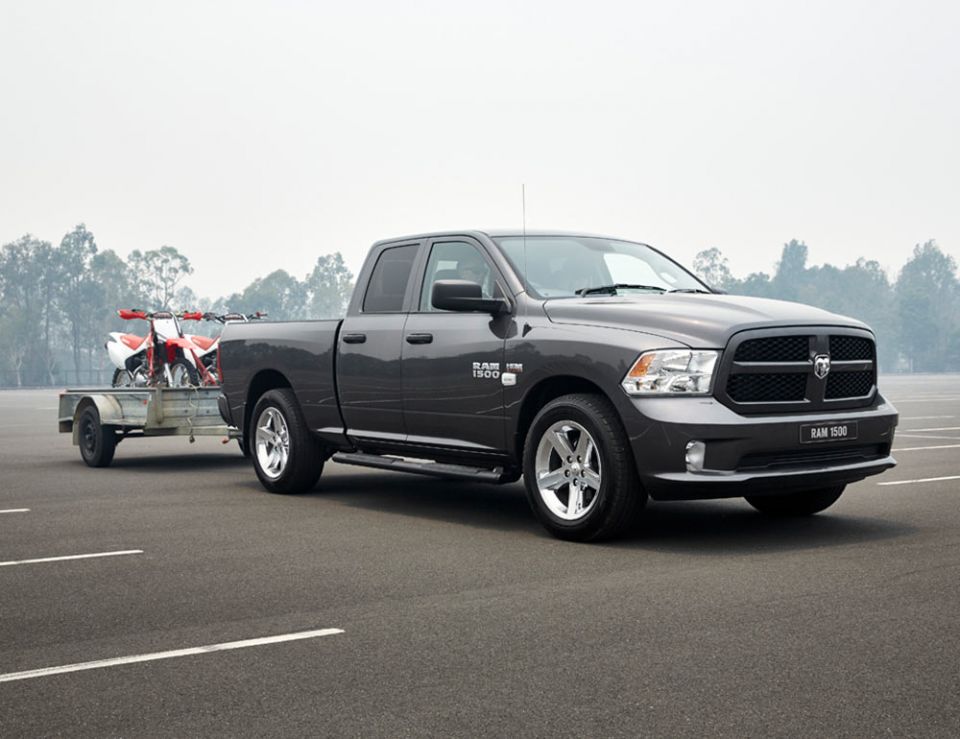
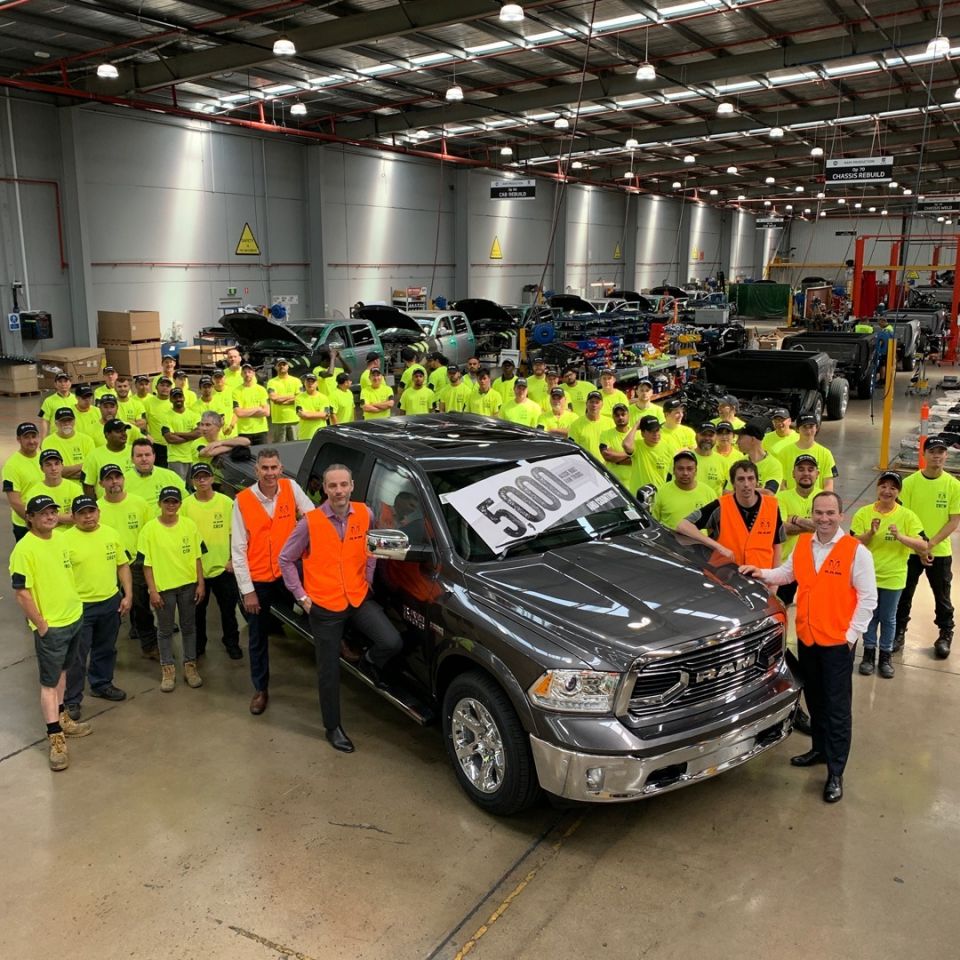
One of the good news stories from Australian manufacturing in recent times. Sydney’s Ateco (LDV’s importer) contracts Melburne’s Walkinshaw (HSV’s parent) to convert American pickups at its state-of-the-art production facility in the city’s southeast.
With the 1500 ‘Classic’ coming on stream, sales have grown more than 500 per cent to 4157 over the past few years, and when you consider most of these are of pickups priced above $80,000 (most of them above six figures) it really is quite an effort. And remember, it supports local jobs and suppliers to boot.
The success has been so strong that Walkinshaw is now converting Chevy Silverado 1500s and selling them through its HSV network to compete with the Ram range.
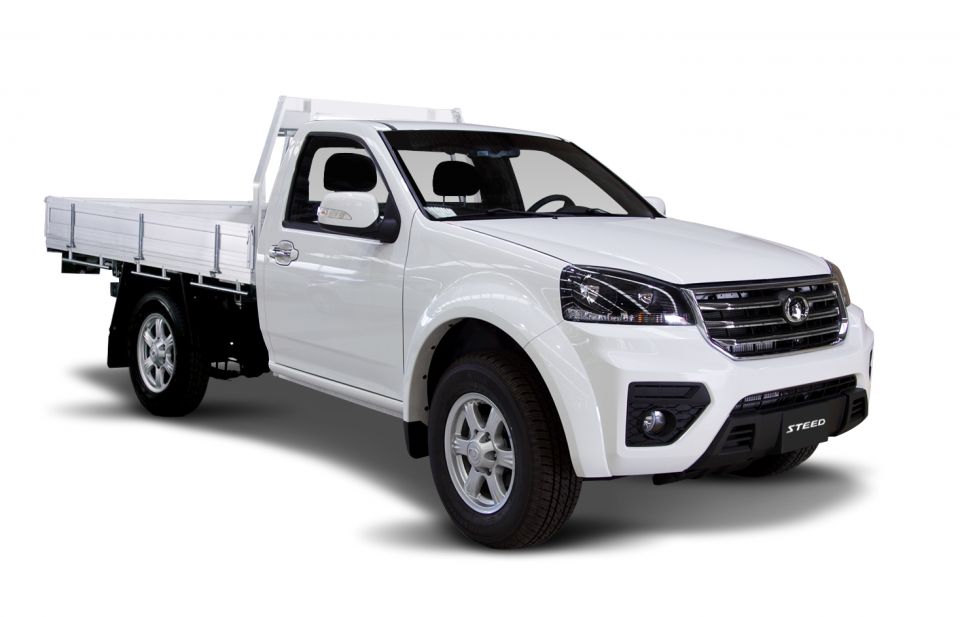
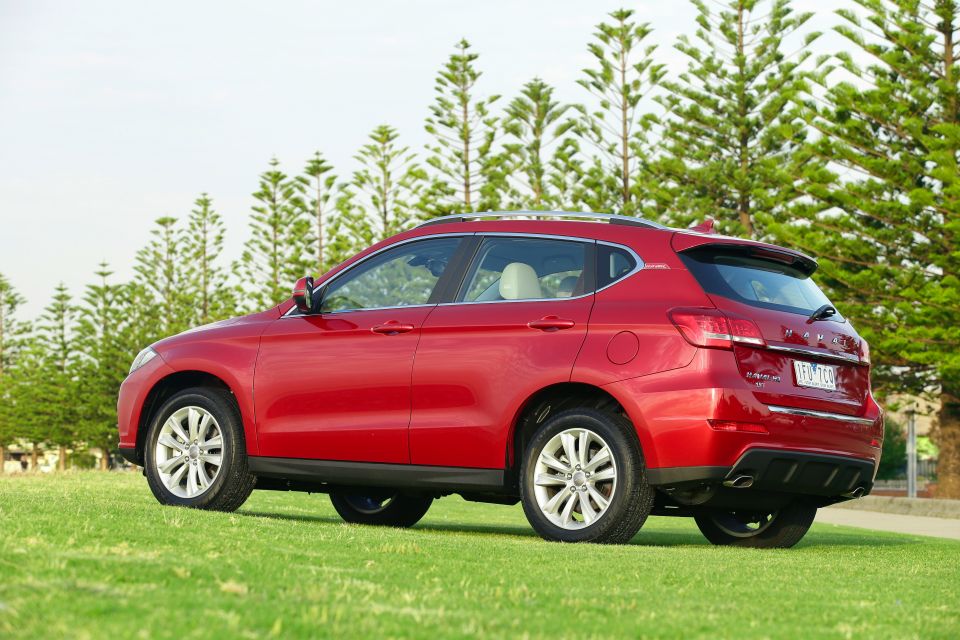
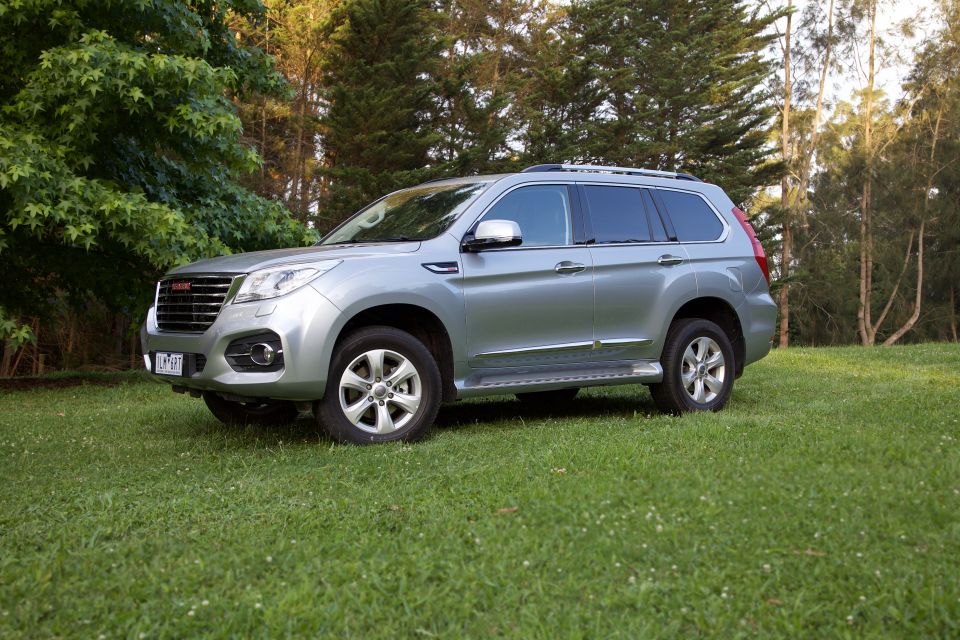
These Chinese companies are one and the same, and unlike MG and LDV are both imported by the same factory distributor. Haval is the SUV division and Great Wall sells dirt cheap utes.
Haval has grown sales of its H2, H6 and H9 SUV range by 149 per cent to 2801 units over the past two years, while Great Wall (yet to scale the heights it managed earlier last decade before going on hiatus) nevertheless grew 313.6 per cent to 2486 units.
To take the next step, Australia needs new generation models. Haval (which claims market leadership in China) has lots of newer left-hand drive fare, but is yet to bring them here. We’re expecting a new Great Wall ute to emerge soon, with far more tech and an uprated engine to become a proper HiLux/Ranger competitor.
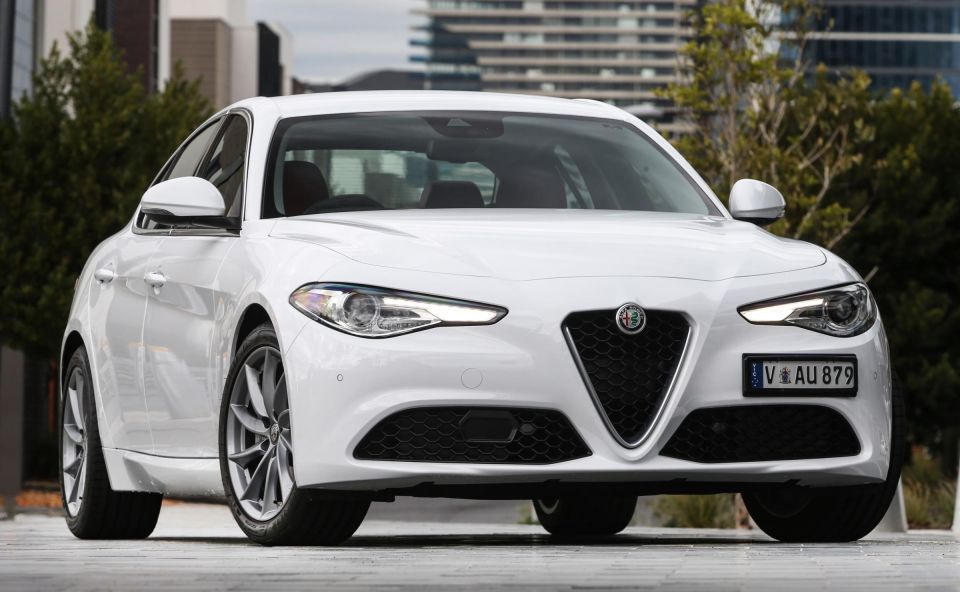
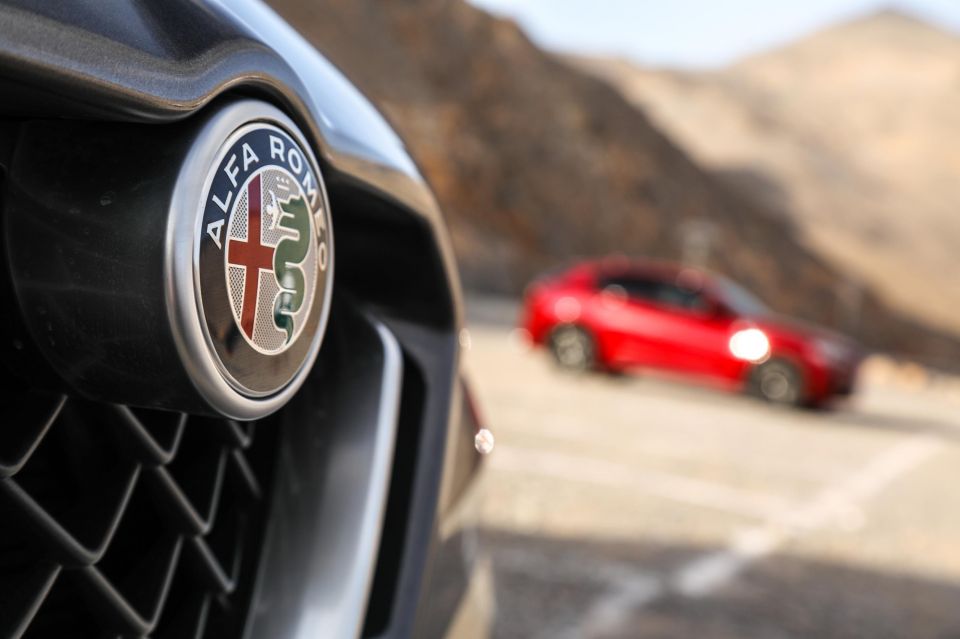
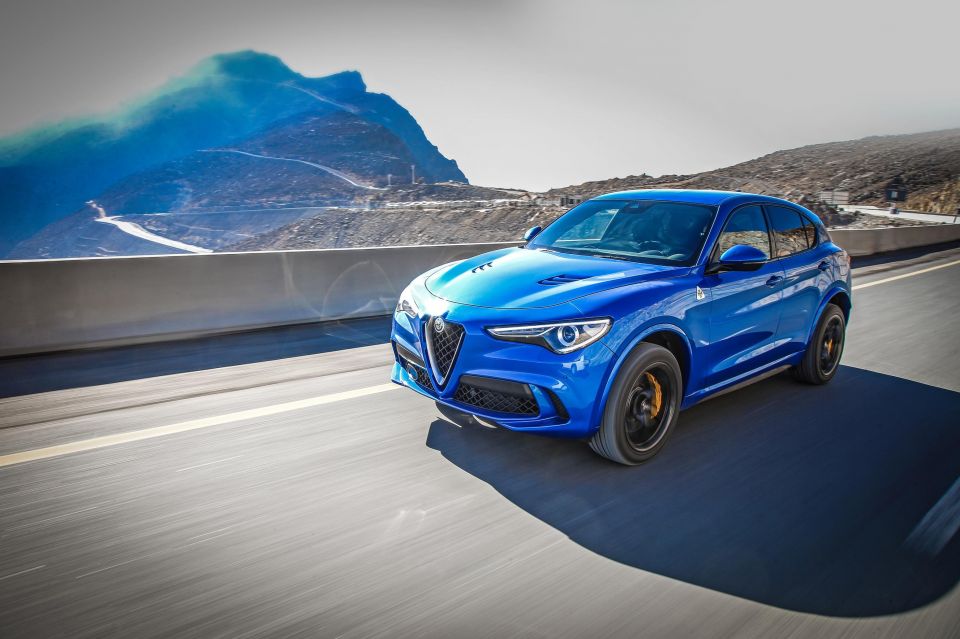
The iconic Italian has scaled back ambitious global growth plans lately, and while it hasn’t set the world on fire here, its expanded range has yielded 13 per cent growth over the last two years to 2068 units.
While the retired Giulietta has halved over that time and the MiTo been discontinued, the Giulia and its Stelvio SUV spinoff have opened new doors.
What it needs now is a smaller SUV to replace the Giulietta hatch, and time.
Tesla is the other brand that has shown major growth, and the Model 3 is now the most popular EV in the market. However, Tesla also doesn’t disclose sales data in Australia.
| BRAND | Last 24m | Prev. 24m | % Change -/+ |
|---|---|---|---|
| Toyota | 420,433 | 432,148 | -2.7 |
| Mazda | 199,894 | 233,866 | -14.5 |
| Hyundai | 173,417 | 197,734 | -12.3 |
| Mitsubishi | 163,602 | 157,030 | 4.2 |
| Ford | 127,875 | 159,118 | -19.6 |
| Kia | 121,518 | 102,135 | 19 |
| Nissan | 103,262 | 121,818 | -15.2 |
| Volkswagen | 102,510 | 113,783 | -9.9 |
| Holden | 97,403 | 177,619 | -45.2 |
| Honda | 90,366 | 93,152 | -3.4 |
| Subaru | 84,550 | 101,110 | -16.4 |
| Mercedes-Benz | 76,626 | 83,892 | -8.7 |
| Isuzu Ute | 51,808 | 49,497 | 4.7 |
| BMW | 45,570 | 50,518 | -9.8 |
| Suzuki | 34,035 | 38,516 | -11.6 |
| Audi | 33,577 | 45,359 | -26 |
| Lexus | 18,384 | 17,837 | 3.1 |
| Land Rover | 17,864 | 25,632 | -30.3 |
| Renault | 17,300 | 22,043 | -21.5 |
| Volvo Car | 14,736 | 10,382 | 41.9 |
| MG | 14,397 | 852 | 1590 |
| Skoda | 13,182 | 10,219 | 29 |
| LDV | 12,734 | 5,003 | 154.5 |
| Jeep | 12,124 | 18,935 | -36 |
| Porsche | 7,881 | 8,843 | -10.9 |
| Mini | 6,461 | 7,610 | -15.1 |
| Peugeot | 5,178 | 6,076 | -14.8 |
| Jaguar | 4,878 | 5,328 | -8.5 |
| Fiat | 4,290 | 6,809 | -37 |
| Ram | 4,157 | 682 | 509.5 |
| Haval | 2,801 | 1,125 | 149 |
| Great Wall | 2,486 | 601 | 313.6 |
| Alfa Romeo | 2,068 | 1,825 | 13.3 |
| Infiniti | 1,313 | 1,496 | -12.2 |


Shane O'Donoghue
6 Days Ago


Anthony Crawford
5 Days Ago


Matt Campbell
4 Days Ago


James Wong
3 Days Ago


Max Davies
1 Day Ago
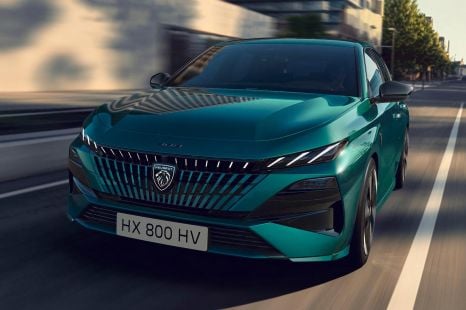

Derek Fung
7 Hours Ago